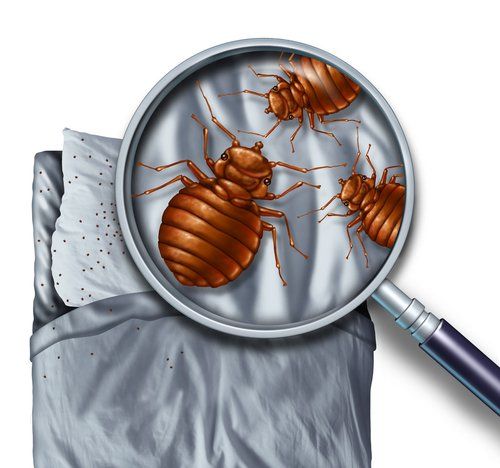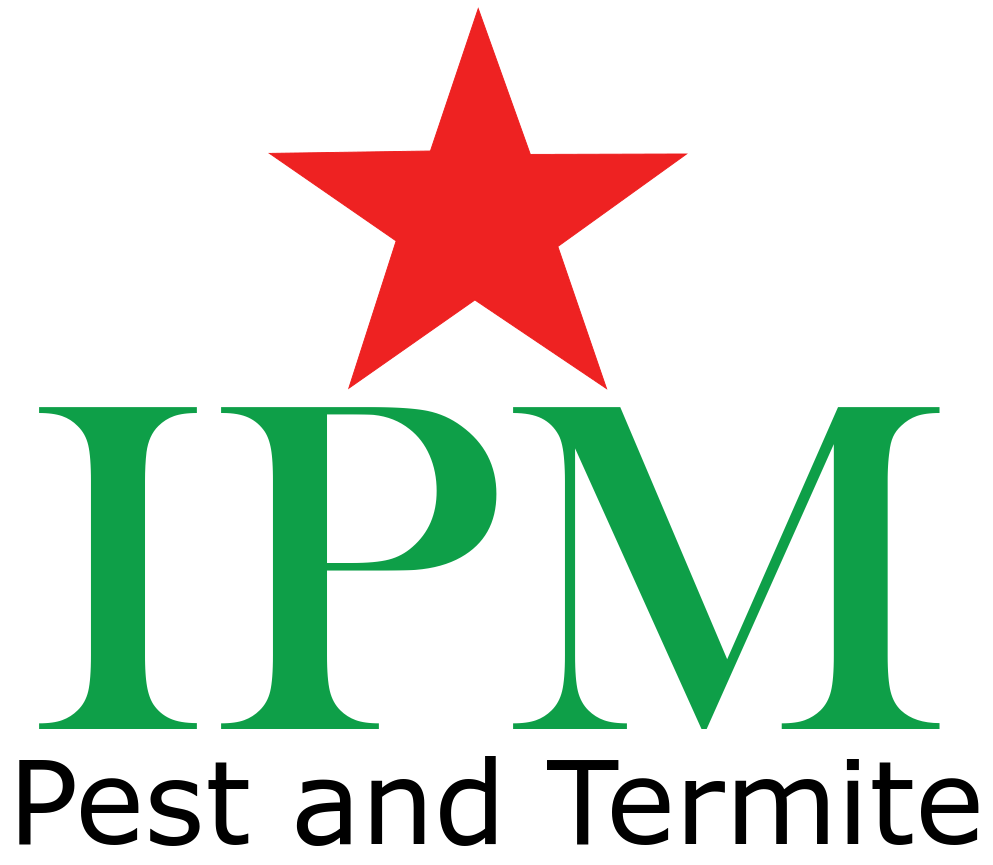Bed Bug Extermination In Lexington & Louisville, KY

Bed Bugs/Bat Bugs
Size: about the size of an apple seed; 5-7 mm or 3/16-1/4 inch long
Appearance: long and flat oval-shaped body; if recently fed, balloon-like and more elongated body
Color: brown or reddish-brown
Learn More: http://www.epa.gov/bedbugs
Bed bugs are a national epidemic. These bugs, which we’ve all heard horror stories about, live on the blood of animals or humans. They can easily infest entire homes, businesses, or hospitals when just a single male and female bug are introduced to the area. Because the bed bug issue is not one that is going away anytime soon, it is important to be well informed about these insects, their habits, and what you can do if you suspect an infestation to prevent these bugs from becoming too unmanageable.
What are bed bugs?
Bed bugs are small, reddish-brown parasitic insects that bite the exposed skin of sleeping humans and animals to feed on their blood. Bed bugs are small, flat, oval shaped insects that are roughly the size of an apple seed. Bed bugs are hatched from eggs, which are around the size of two grains of salt, that usually appear in clusters in tight, hard to reach cracks in your home or building, like in the seams of your mattress of the spines of books. Before the bugs become active, they shed their yellowish skin five times until they are mature, brown, and ready to feed. Because bed bugs hide in tight spaces that are hard to find and typically not checked, they can produce over three generations of bugs in just one year when left uninterrupted.
Bed Bug Bites
Because bedbug feed on blood, they have elongated beaks for mouths, which allows them to draw blood from their host. About every week, the bugs will feed until they are engorged and then retreat into their tight crevices to mate and await their next feeding. Bed bugs do not transmit or spread disease, but they can cause some people to develop small red bumps or welts that are clustered together, usually in groups of three. Other people do not show any allergic reactions to bed bugs bites. Although bed bugs do not cause harm to people, bed bug infestations can lead to public health concerns, economic stress or embarrassment.
Infection Causes
Bed bugs can be picked up almost anywhere – stores, hotels, gyms, clothes – by hitchhiking on different hosts. Because the bugs are so small, they are easily undetected when brought in on clothing, bedding, luggage, books, or used furniture. If you are concerned that you may have an infestation in your home, go through the following checklist:
Do I have bed bugs?
Some characteristic signs of a bed bug infestation include:
- Seeing the bugs
– Typically, bed bugs congregate together near the host, such as beds or couches.
- Case skins
– As the juvenile bed bugs grow, they shed their skins, which can indicate an infestation.
- Defecation
– After feeding, bed bugs defecate black to brown stains on porous surfaces or black to brown mounds on nonporous surfaces.
- Bites
– Red welts on the skin can be indicative of bed bug activity. These bites will itch.
If you are experiencing any bites or suspect you may have an infestation, IPM Pest & Termite can help you get your house back from these pesky bugs.

How To Prevent or Control Bed Bug Infestations?
Eradication of bed bugs typically requires a combination of non-pesticide and pesticide approaches. Mechanical approaches include vacuuming up the insects, heat-treating, removal of heavily infested foundation and encasing mattresses and box springs. For clothing and bedding, washing and drying at the hottest temperature permitted will kill most bed bugs because they cannot withstand temperatures greater than 113°F. For public health reasons, people are encouraged to call a professional pest control service, such as IPM Pest and Termite, in order to completely eradicate a bed bug infestation.
Preventing Bed Bugs
To prevent a bed bug infestation, try these tips:
- Remove all clutter from your home to make it easier to find bed bugs.
- Wash and dry your bed linens and clothing on the hottest temperature permitted.
- Closely inspect any second-hand furniture before bringing it into your home.
- Inspect your home after moving, trips, service calls or overnight guests.
Controlling & Treating Bed Bugs
To control a bed bug infestation, try these tips:
- Confirm that you have bed bugs and not another type of bug, such as fleas or ticks.
- Don’t panic and immediately throw out everything. Most items can be treated and saved.
- Consider all of your treatment options first. If pesticides are needed, call a professional. IPM Pest and Termite is skilled at eradicating bed bug infestations.
Why Choose IPM Pest and Termite?
Bed bugs can be difficult to prevent and manage since they can hitchhike into your home in a variety of different ways. At the first sign of a bed bug infestation, call IPM Pest and Termite for an inspection and treatment recommendation plan. We offer innovative and conscientious pest control to ensure proper management and prevention of any bed bug infestation.
- It's not just the products used but also the knowledge and experience of finding bed bugs where they hide and taking the correct steps to manage them.
- We are up to date with knowledge of the best products and procedures to use according to the University of Kentucky's department of entomology and the NPMA (National Pest Management Association) by regularly attending continual educational events on bed bugs (and all pests for that matter). UK, KPMA, and NPMA generally host these.
- In most cases, we don't require extensive prep before we can treat for bed bugs. Many things required by other companies, most often, are not relevant to the elimination of bed bugs. We generally only ask that excessive clutter is dealt with so that we can access important areas.
More Information:







